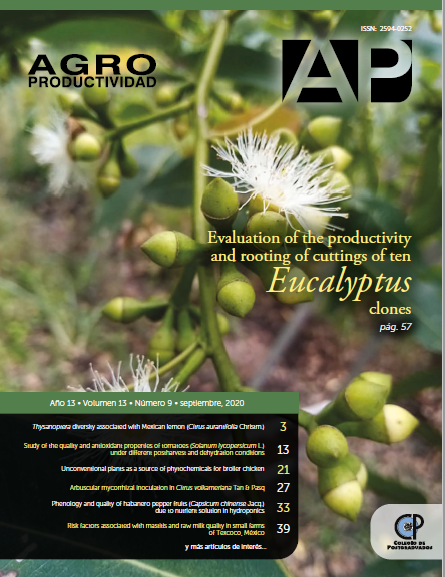Design of a HACCP Plan for Vacuum-Packed Beef Cuts
Main Article Content
Keywords
Abstract
Objective: To elaborate a HACCP plan, for the process of vacuum-packed cuts of meat, in a federal inspection type trail (TIF) located in the East of the State of Mexico, in order to improve its hygiene and safety conditions.
Design / Methodology / approach: The research has a mixed approach that consists of two phases, a field phase where the HACCP methodology was applied in terms of reviewing the activities carried out in the company, the second phase is a cabinet where they were analyzed the hazards identified during the first phase, in order to determine if the hazard found is significant for the safety of the food, to finally conclude whether or not it is a critical control point (CCP).
Results: A PCC (Critical Control Point) was identified, in the metal detection phase, the identified hazards were: the passage of metal chips from the transfer rails, pieces of knives or saws and pieces of needles coming from previous steps in the process.
Study limitations / implications: Bibliographic documentation on meat cut case studies as well as the management of their CCPs is limited.
Findings / Conclusions: The PCC1 Metal Detection is a control measure carried out by the company, however when analyzing it, an opportunity for improvement in the current operation was evidenced, so the adaptation of formats for records that allowed monitoring was also proposed. and verify the control of the PCC.

